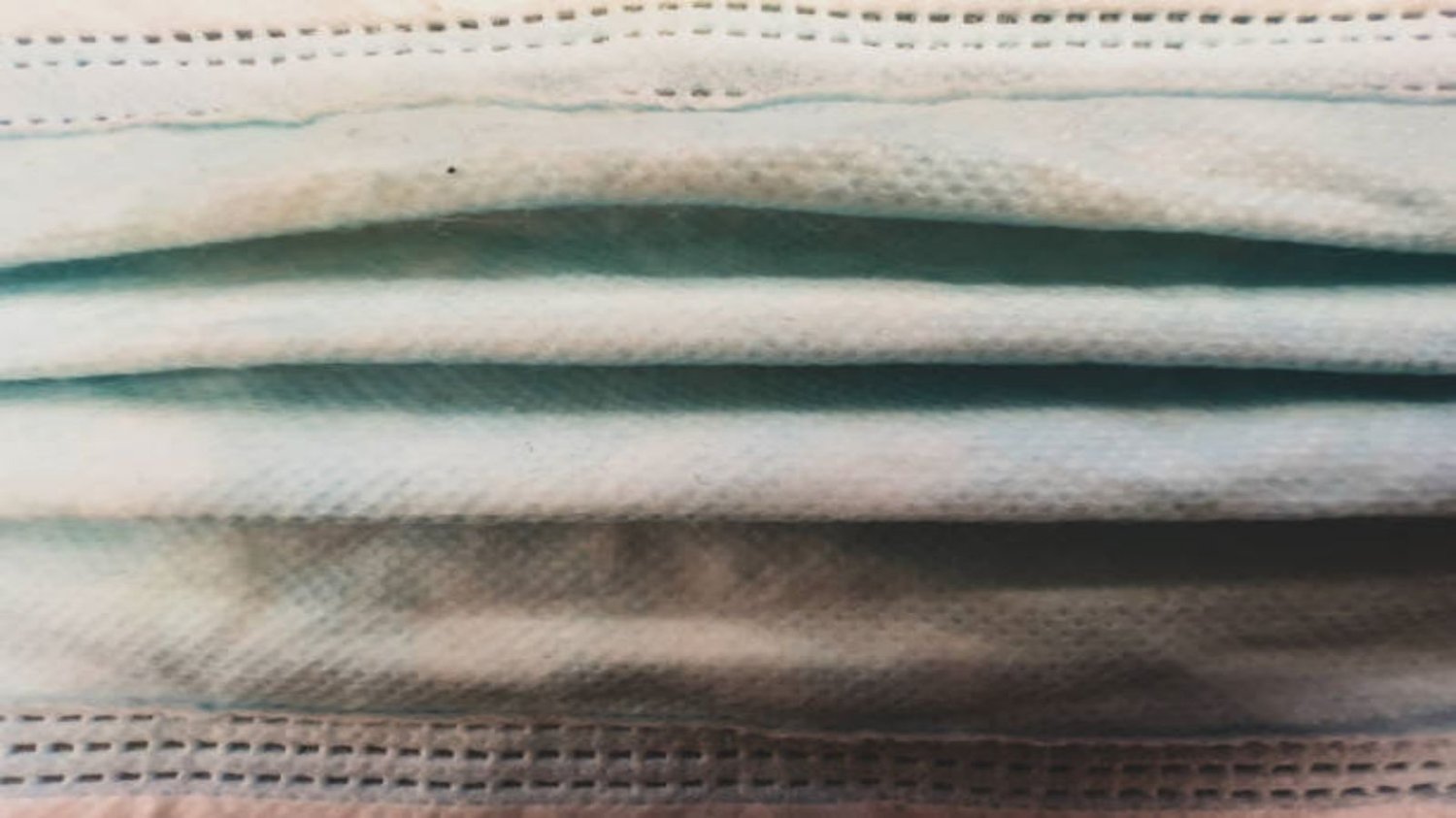Which Type of Fabric Dries Quicker: A Comprehensive Guide
When it comes to choosing the right fabric for various purposes, one factor that often gets overlooked is drying time. Whether you're planning a camping trip, looking for workout gear, or simply want to know which fabric will dry quicker after a wash, understanding the properties of different fabrics can be incredibly useful. In this article, we will explore various fabrics and their drying times to help you make an informed decision based on your needs.
1. Cotton: The Comfortable Yet Slow Drying Fabric
Cotton, a natural fiber known for its breathability and comfort, is a popular choice for clothing and home textiles. However, one drawback of cotton is its relatively slow drying time. Due to its high absorbency, cotton fabric tends to retain moisture, making it a less ideal option if you're looking for a quick-drying material. While cotton can be suitable for everyday wear, it may not be the best choice for activities or situations where speed in drying is essential.
2. Polyester: The Synthetic Fabric That Dries in No Time
When it comes to quick-drying fabrics, polyester takes the lead. Polyester is a synthetic material that is known for its durability, wrinkle resistance, and moisture-wicking properties. Due to its low absorbency, polyester fabric dries quickly, making it an excellent choice for sportswear, outdoor gear, and travel clothing. Whether you're going for a run, hitting the gym, or embarking on a hiking adventure, polyester will keep you dry and comfortable.
3. Nylon: Lightweight and Fast-Drying
Nylon is another synthetic fabric that dries quickly. Similar to polyester, nylon has low absorbency, allowing it to shed moisture and dry rapidly. This makes nylon a popular choice for swimwear, rain jackets, and other garments that need to dry fast. Additionally, nylon is lightweight and offers excellent breathability, making it an ideal choice for hot and humid weather conditions.
4. Microfiber: The Super Absorbent and Quick-Drying Fabric
If you're looking for a fabric that not only dries quickly but also has superior absorbency, microfiber is the answer. Made from a blend of polyester and polyamide, microfiber has tiny fibers that create a large surface area, enhancing its ability to absorb moisture. This makes it an ideal choice for bath towels, cleaning cloths, and sports towels. Despite its high absorbency, microfiber also dries remarkably fast, making it a versatile and practical fabric option.
5. Bamboo: Natural and Moisture-Wicking
Bamboo fabric is gaining popularity due to its eco-friendly and sustainable nature. When it comes to drying time, bamboo fabric performs reasonably well. It has natural moisture-wicking properties, which allows it to absorb and evaporate moisture quickly. While bamboo fabric may not dry as fast as polyester or nylon, it is still a viable option for everyday clothing, activewear, and bedding.
6. Linen: The Breathable Fabric with Moderate Drying Time
Linen, made from the fibers of the flax plant, is known for its breathability, lightweight feel, and natural cooling properties. While linen fabric may not dry as quickly as synthetic options like polyester or nylon, it still has a moderate drying time. Linen is an excellent choice for summer clothing, bed sheets, and home textiles, offering comfort and a classic, stylish look.
7. Wool: The Slowest Drying Natural Fabric
Wool, a natural fiber known for its warmth and insulation properties, is not the fastest drying fabric. Due to its high absorbency, wool can retain moisture for an extended period, making it a poor choice if you need something to dry quickly. However, wool does have natural moisture-wicking properties and can still be suitable for certain apparel, such as winter sweaters or blankets, where quick drying may not be a primary concern.
8. Rayon: Moderate Drying Time with a Soft Feel
Rayon, a semi-synthetic fabric made from cellulose fibers, has a moderate drying time. While it may not dry as quickly as polyester or nylon, rayon offers a soft and comfortable feel against the skin. Rayon is often used in clothing, including dresses and shirts, where a luxurious drape and breathability are desired.
9. Silk: Delicate and Requires Extra Care in Drying
Silk, a natural protein fiber known for its luxurious feel and lustrous appearance, requires special attention when it comes to drying. Silk fabric should be handled with care and should not be wrung or twisted to remove excess water. Instead, gently roll the silk garment in a towel to absorb moisture and then lay it flat to air dry. While silk may not be the quickest drying fabric, its unique properties make it a sought-after choice for elegant and delicate clothing.
10. Blends: Combining Fabrics for Optimal Performance
Many fabrics on the market are blends, combining different fibers to achieve a balance of properties. For example, a cotton-polyester blend may offer the comfort of cotton with the quick-drying capabilities of polyester. Blends can be an excellent option if you want to enjoy the benefits of multiple fabrics in one garment.
Conclusion
Choosing the right fabric that dries quickly is essential for various activities and situations. Synthetic fabrics like polyester and nylon tend to dry the fastest, making them ideal for sportswear and outdoor gear. However, natural fibers like cotton, linen, and wool have their own unique properties and may be suitable for specific purposes. Remember to consider the intended use, climate, and desired comfort level when selecting a fabric for its drying time. By understanding the characteristics of different fabrics, you can make an informed decision and ensure that your clothing and textiles dry quickly, allowing you to stay comfortable and ready for your next adventure.

